Hi there, pet lovers! 🕊️
Lovebirds are among the most beloved small parrots in the world, admired for their affectionate nature, bright plumage, and playful personalities. Despite their small size, these birds are full of energy, charm, and character. Lovebirds can form deep emotional bonds with their owners or mates, which makes them fascinating companions for anyone seeking a loyal and interactive pet.
In this detailed review, we’ll explore everything you need to know about lovebirds—from their temperament and care needs to their costs, diet, and potential challenges. Whether you’re a first-time bird owner or a seasoned avian enthusiast, this guide will help you decide if a lovebird is the right feathered friend for you.
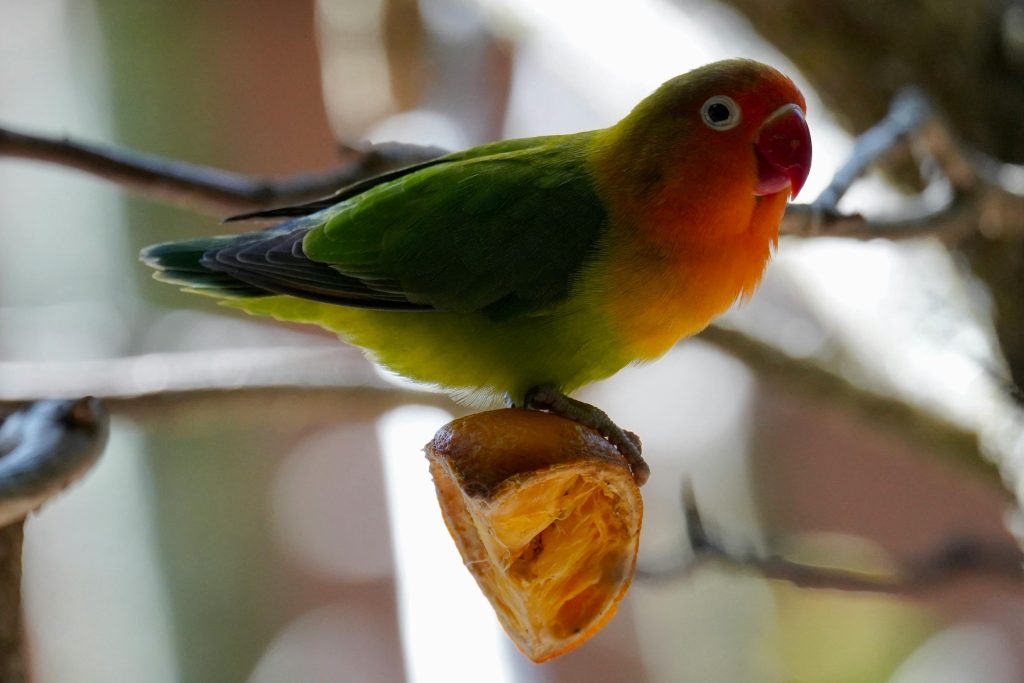
Overview
Lovebirds are small parrots belonging to the genus Agapornis, meaning “love bird” in Greek (agape for love, ornis for bird). There are nine recognized species, native mainly to Africa—with the Madagascar lovebird being the only one found outside the continent. Known for their affectionate behavior, they often form strong pair bonds, which inspired their name.
Here’s a quick overview of what makes them special:
- Handling and Temperament: Affectionate, intelligent, and playful but can be territorial.
- Care and Maintenance: Moderate care level; requires daily interaction and mental stimulation.
- Health and Durability: Hardy when properly cared for but prone to behavioral stress if neglected.
- Availability: Readily available from breeders and pet stores worldwide.
- Cost: Affordable, with modest ongoing maintenance costs.
- Overall: A wonderful pet for those who can dedicate time and affection every day.
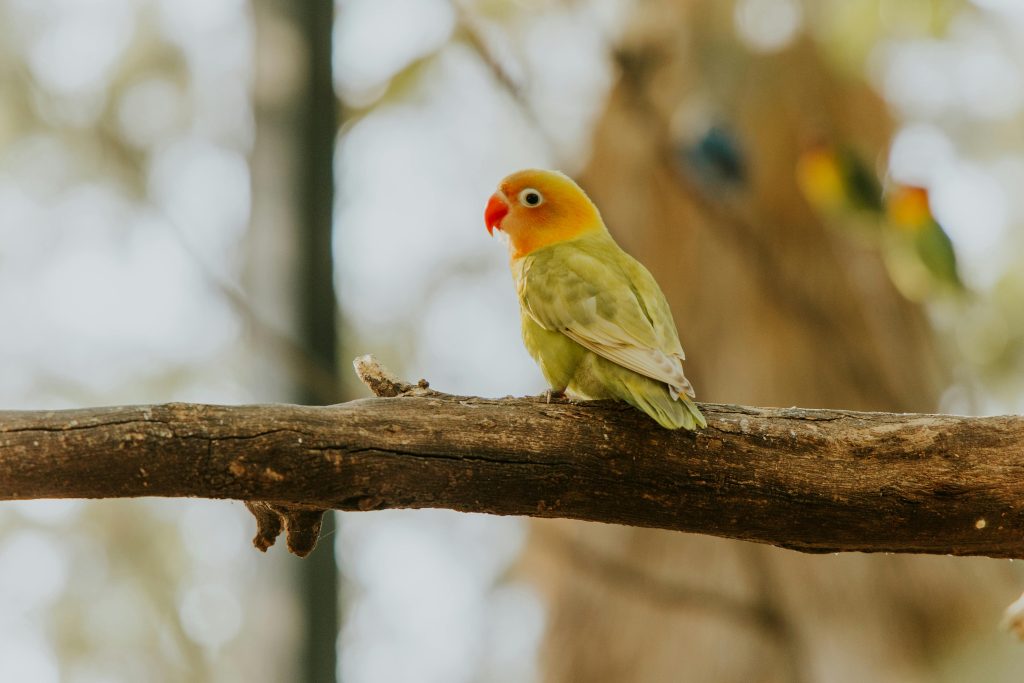
Why Choose a Lovebird?
Lovebirds are perfect for people seeking a small yet lively pet with a strong personality. Despite being one of the smallest parrots—measuring around 5 to 7 inches (13–17 cm) in length and weighing 42–70 grams—they are incredibly bold, expressive, and affectionate.
Their social nature makes them deeply bonded with their chosen companion, whether it’s another lovebird or their human owner. When treated with care, lovebirds can live up to 10–15 years, offering years of companionship, laughter, and charm.
Their manageable size also makes them ideal for apartment living or homes with limited space. However, they do need regular attention, mental enrichment, and playtime to stay happy and healthy.
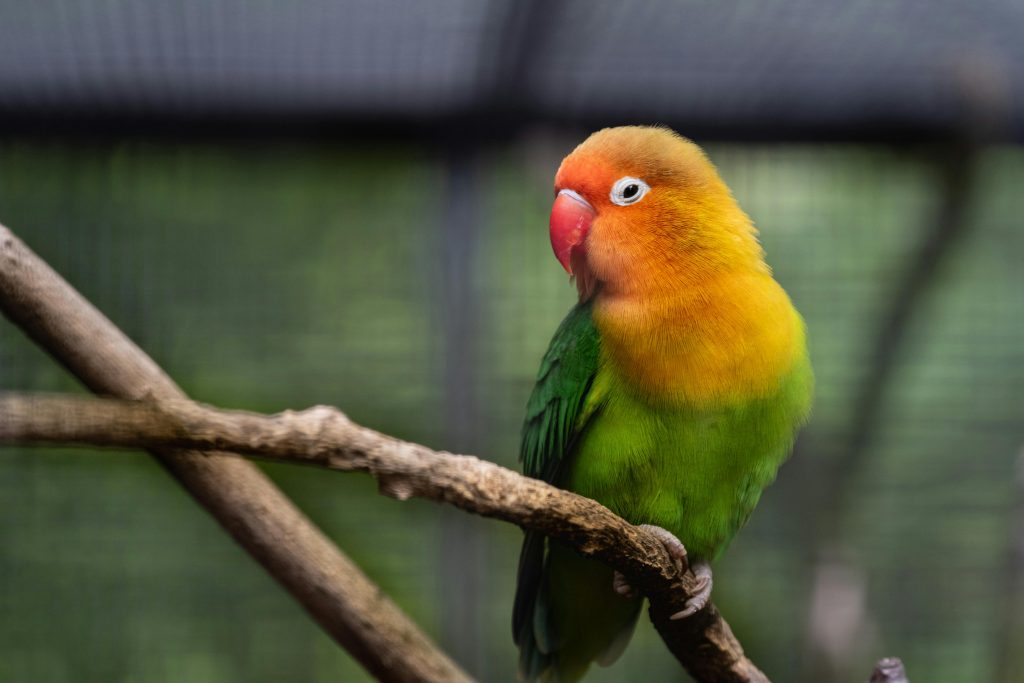
Handling and Temperament
Lovebirds are famous for their bold and loving personalities. They are intelligent, inquisitive, and very active birds that love to explore their surroundings. While their affectionate nature makes them delightful pets, their territorial tendencies can surprise new owners.
Affectionate Yet Assertive
As their name implies, lovebirds are known for forming strong bonds—either with a mate or their human caretaker. A single lovebird will often see its owner as its “flock” and become very attached. However, this affection can also turn into jealousy if the bird feels ignored, sometimes leading to nipping or attention-seeking behavior.
Personality Traits
- Energetic and Playful: Lovebirds are always on the move, climbing, chewing, and exploring.
- Curious and Intelligent: They quickly recognize routines and can learn to mimic whistles or short phrases, though they aren’t as vocal as larger parrots.
- Protective: They may defend their territory, toys, or favorite person, especially females during hormonal periods.
Handling Tips
- Begin handling at a young age to build trust.
- Use gentle and consistent contact—never force interaction.
- Offer treats during training sessions to reinforce positive behavior.
- Avoid sudden movements or loud noises, which can startle them.
When socialized properly, lovebirds make affectionate and entertaining companions that love to be part of their owner’s daily routine.
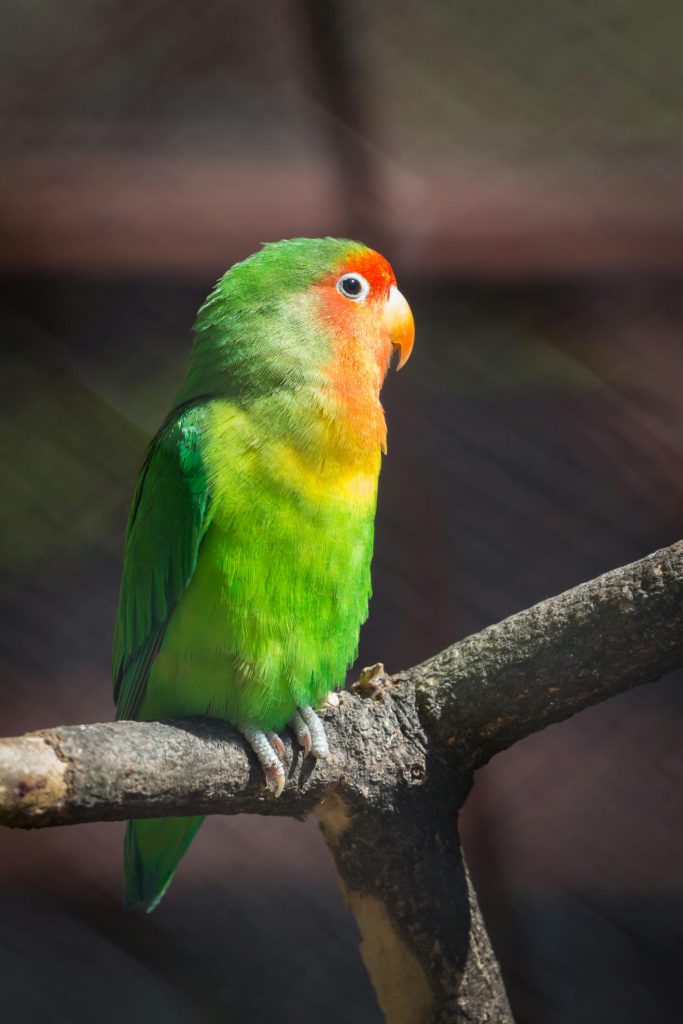
Care and Maintenance
Lovebirds are relatively easy to care for once their needs are understood. Their small size does not mean they require little attention—in fact, they thrive on daily interaction, mental stimulation, and a clean, enriching environment.
Enclosure Setup
- Minimum Cage Size: For one bird, the cage should be at least 18 x 18 x 24 inches; larger is always better. If housing a pair, opt for 24 x 24 x 30 inches or more.
- Bar Spacing: Between ½ to ⅝ inch to prevent escape or injury.
- Cage Design: Horizontal space is essential since lovebirds love to climb and spread their wings.
- Placement: Keep the cage in a well-lit room away from drafts or direct sunlight.
Furnishings and Toys
Lovebirds are strong chewers and need durable toys made of bird-safe materials (avoid zinc or lead).
- Provide natural wood perches, swings, and shreddable toys.
- Rotate toys weekly to prevent boredom.
- Ensure no loose threads or strings that could trap their feet or beaks.
Bathing and Grooming
- Lovebirds enjoy frequent baths; offer a shallow dish or bird-safe fountain.
- Spray with lukewarm water to maintain feather health.
- Trim nails and beak occasionally, but only if needed—seek help from a vet if unsure.
- Maintain room temperature around 25–27°C (77–80°F) during bathing to prevent chills.
Feeding and Nutrition
A balanced diet is essential to maintain a lovebird’s health, energy, and feather quality.
Diet Composition
- Pellets: 50–70% of their daily diet (brands like Harrison’s, Roudybush, or Zupreem are recommended).
- Fresh Foods: 20–30%, including dark leafy greens (kale, romaine lettuce), carrots, broccoli, sweet corn, apple slices, and cooked quinoa or brown rice.
- Seeds: Only 10–15%, as a treat rather than the main food source. Overfeeding seeds can lead to obesity and liver disease.
- Water: Fresh, clean water must be available at all times.
Feeding Schedule
- Feed twice daily, morning and evening.
- Offer ¼ cup of chopped vegetables or fruit daily.
- Remove uneaten fresh food after a few hours to prevent spoilage.
Supplements
- Provide cuttlebone or mineral blocks for calcium.
- Vitamin supplements can be used occasionally under a vet’s advice.
Proper nutrition not only ensures longevity but also keeps lovebirds vibrant and active.
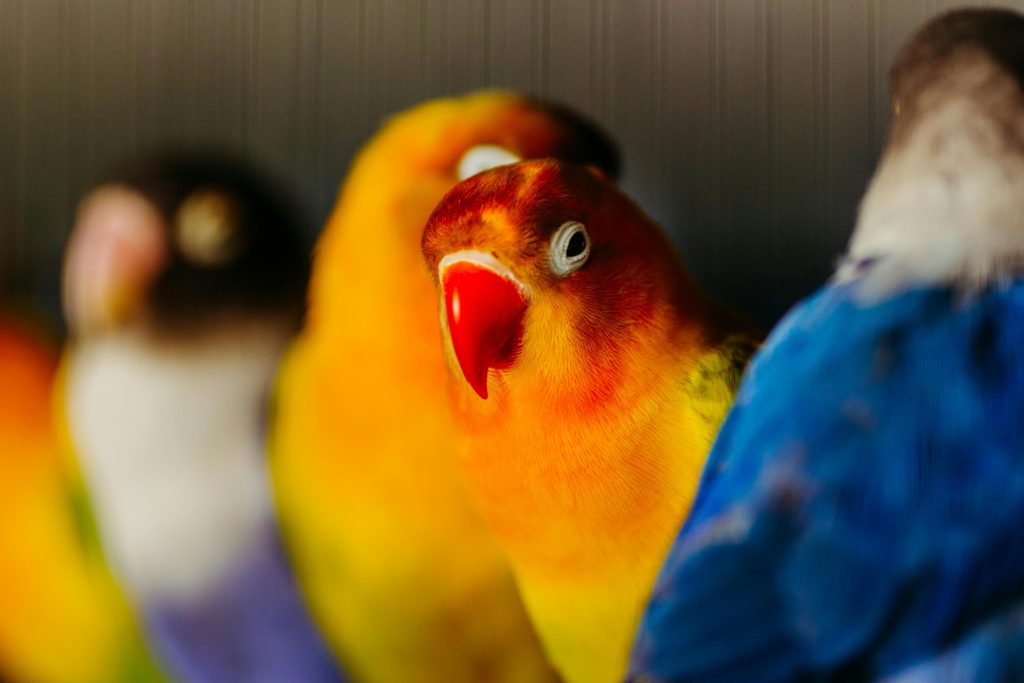
Health and Durability
Lovebirds are hardy birds when properly cared for but can quickly develop health issues if neglected.
Common Health Problems
- Feather Plucking: Often caused by boredom or lack of attention.
- Respiratory Infections: From drafts or poor cage hygiene.
- Nutritional Deficiencies: From seed-only diets.
- Aggression or Depression: If a bonded mate or owner is lost.
Preventative Care
- Keep the cage clean and dry.
- Provide daily exercise and socialization.
- Maintain a balanced diet.
- Schedule annual checkups with an avian veterinarian.
When their needs are met, lovebirds can live 10–15 years, with some reaching up to 20 years in captivity.
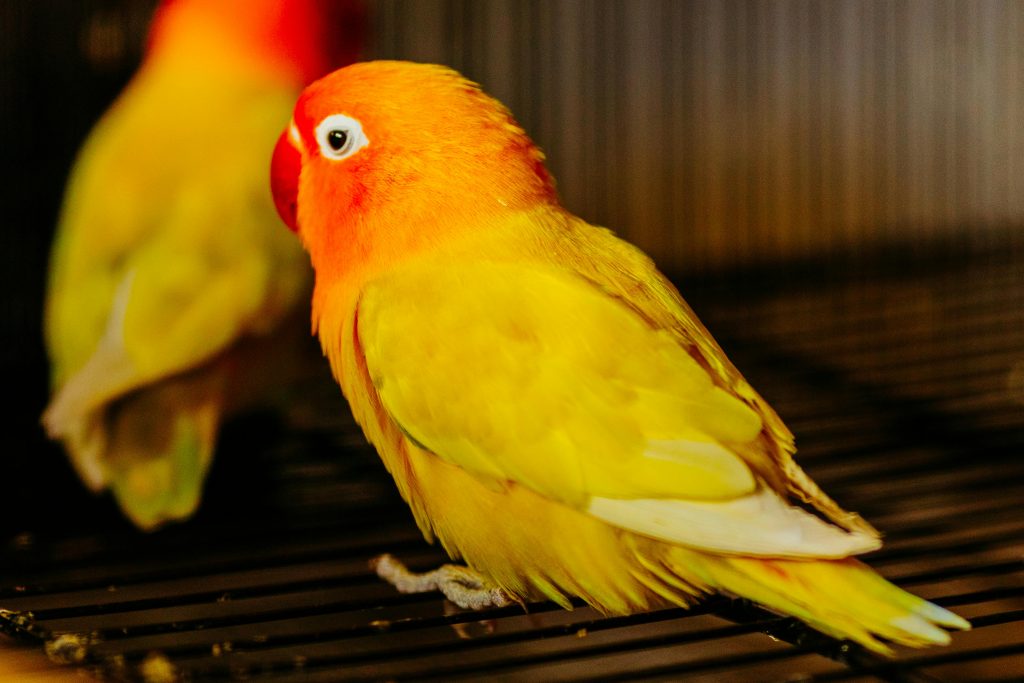
Availability and Cost
Lovebirds are popular and easy to find through breeders, pet stores, and bird expos.
Where to Buy
- Breeders: Offer hand-raised, socialized birds that adapt easily to human interaction.
- Bird Expos: Great for meeting breeders and seeing color varieties in person.
- Pet Stores: Convenient but ensure the birds are healthy and well cared for before purchase.
Cost Breakdown
- Bird Price: $40–$100 for common species (Peach-faced, Fischer’s, or Masked), while rarer color mutations may cost several hundred dollars.
- Cage and Setup: $100–$200, depending on size and quality.
- Monthly Maintenance: Around $20–$30 for food and toys.
Lovebirds are among the more affordable parrots, both to purchase and maintain.
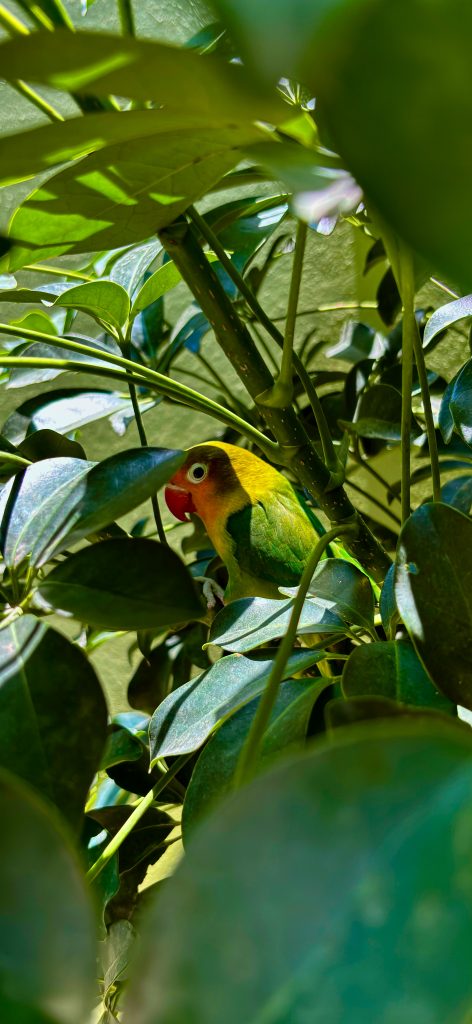
Pros and Cons
Pros
✅ Affectionate and entertaining personality.
✅ Compact size suitable for small living spaces.
✅ Wide variety of colors and mutations.
✅ Affordable initial and ongoing costs.
✅ Long lifespan with proper care.
Cons
❌ Can become jealous or aggressive if neglected.
❌ Require daily attention and interaction.
❌ Can be noisy, especially during dawn and dusk.
❌ Females may become territorial during breeding season.
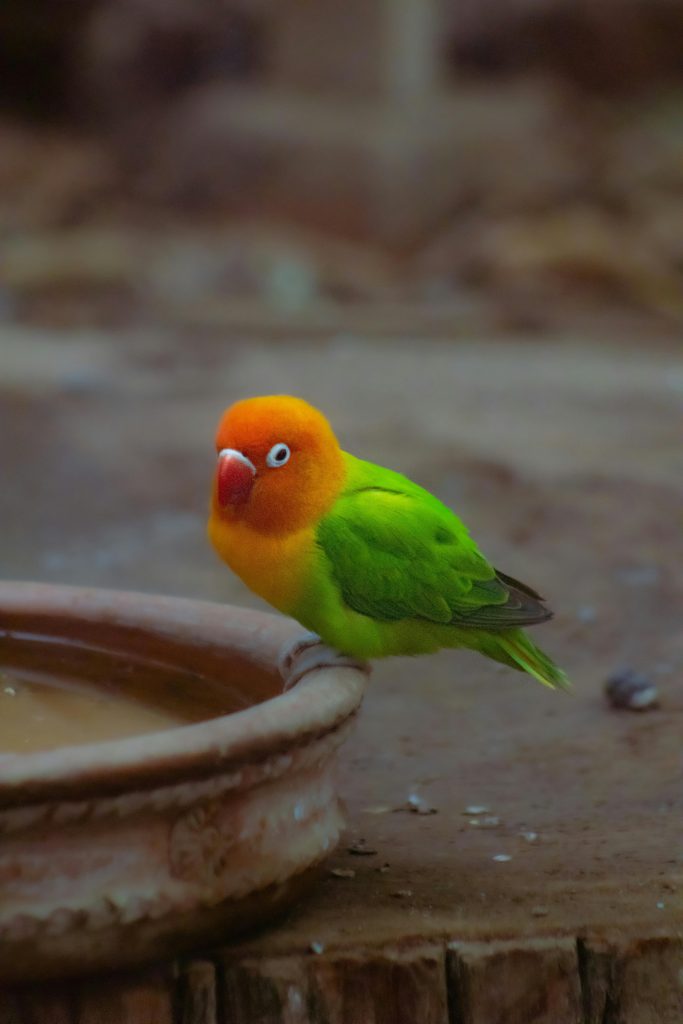
Final Thoughts
Lovebirds are small but mighty parrots full of personality, loyalty, and energy. Their affectionate behavior and colorful feathers make them one of the most rewarding pets for those who can provide daily care and companionship.
While they require time, mental stimulation, and patience—especially during training—their bond and charm make the effort truly worthwhile. They thrive best with dedicated owners who can interact with them every day and ensure they remain mentally and physically stimulated.
If you’re considering bringing a lovebird into your home, we highly recommend meeting hand-raised birds from reputable breeders. Their affectionate nature and lively spirit will undoubtedly brighten your days for years to come.
Have you ever owned a lovebird? Share your experience and care tips in the comments below—we’d love to hear your story!
For more pet care guides and species reviews, stay tuned to our blog and subscribe for future updates. 🕊️

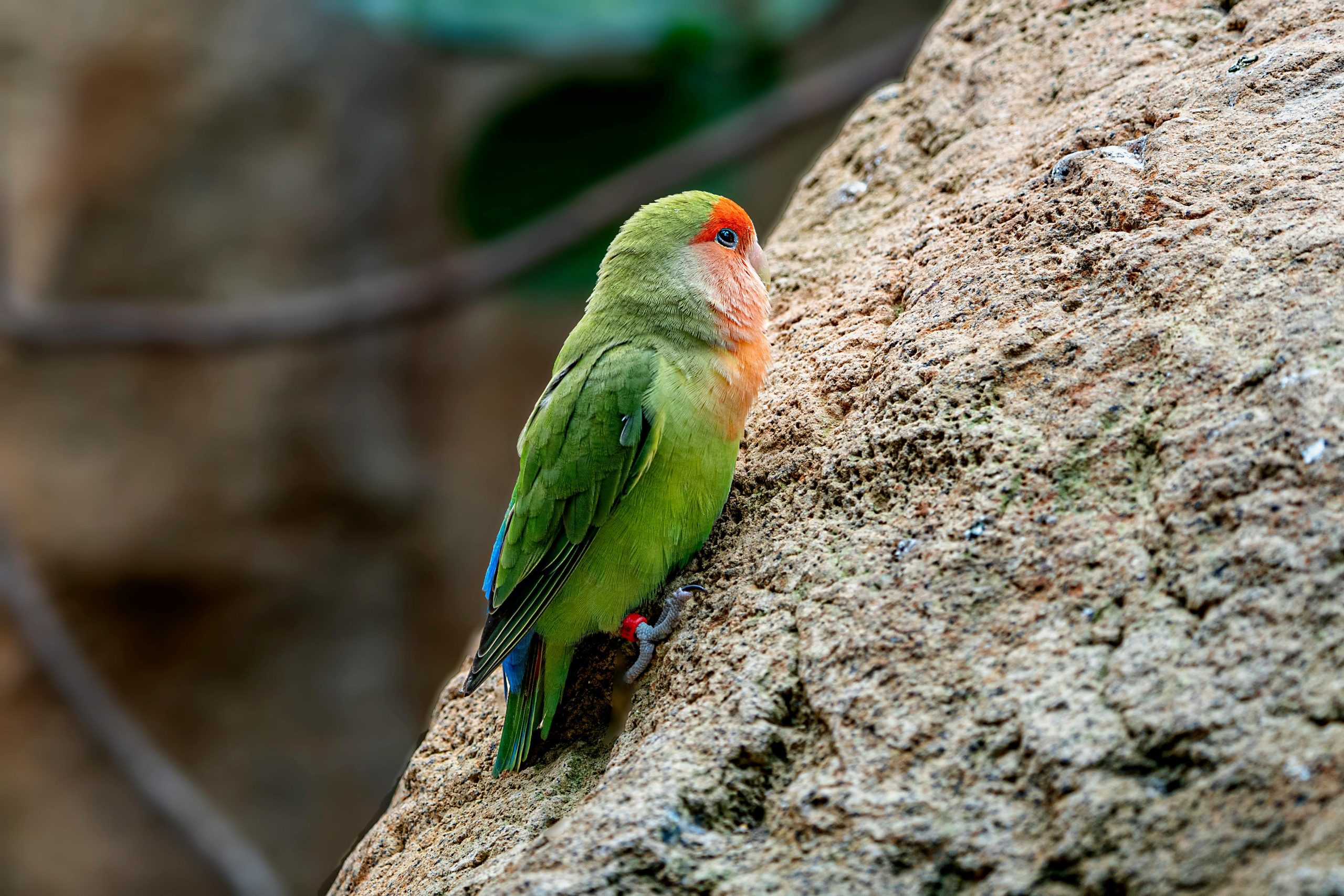


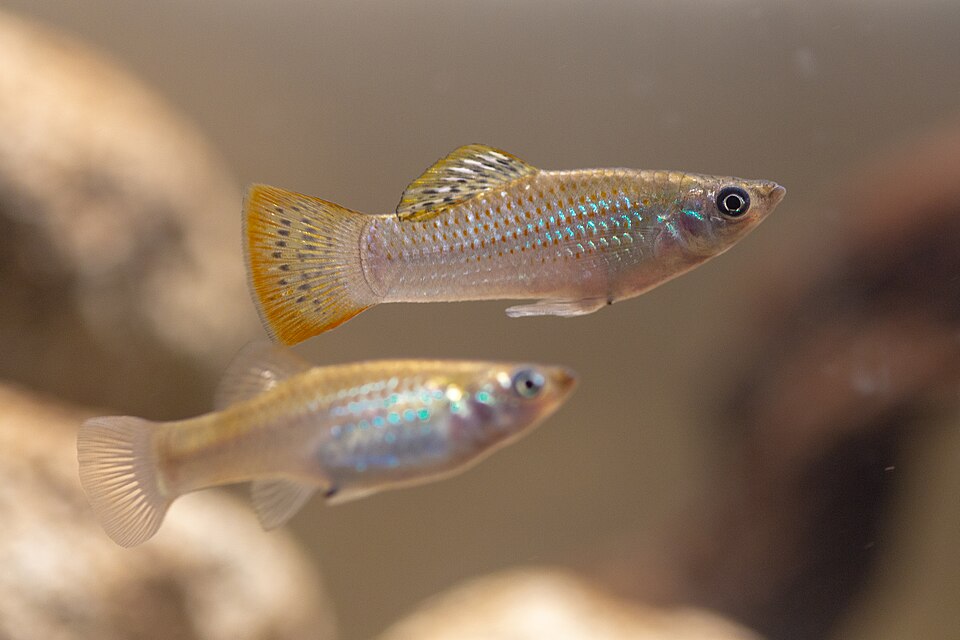
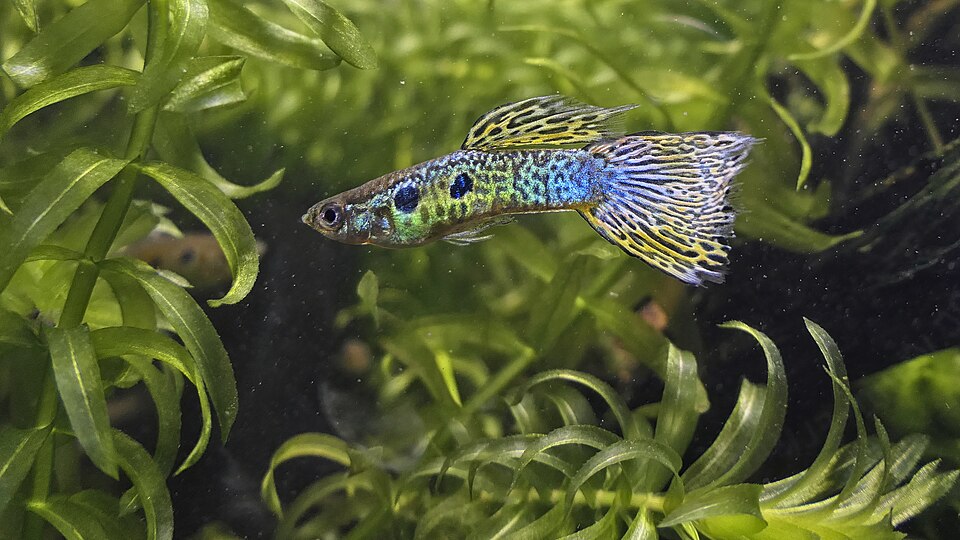
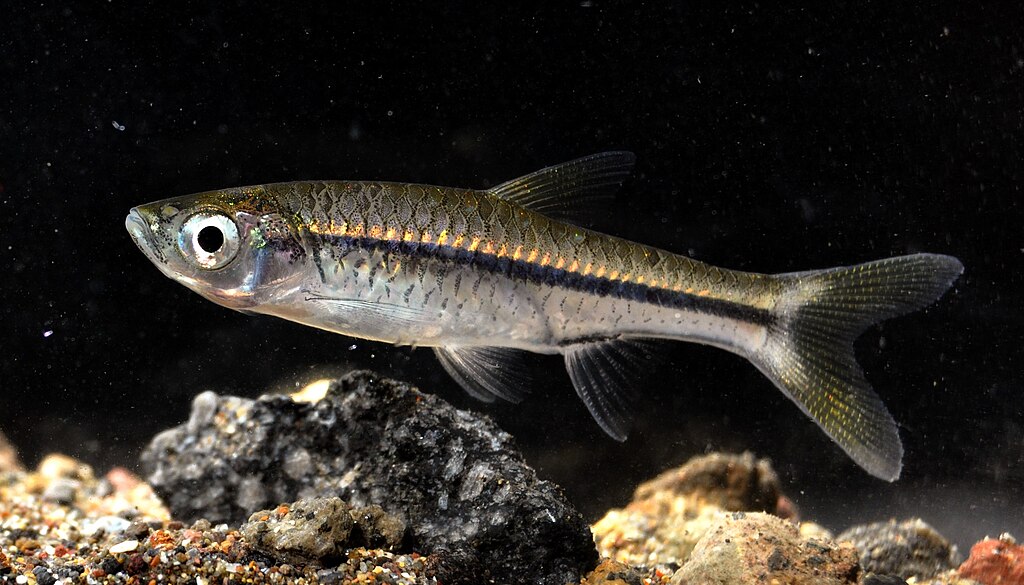
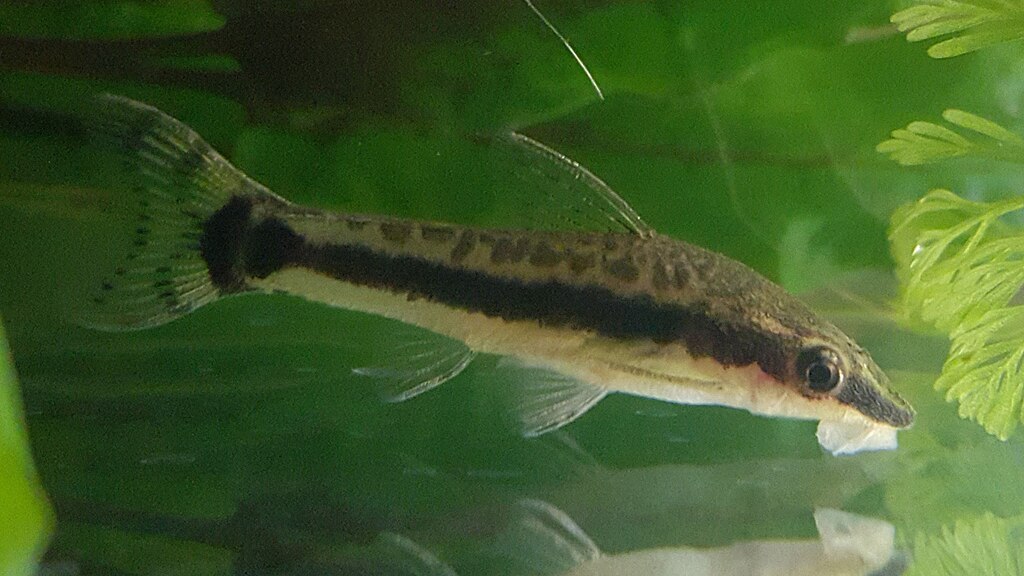
Leave a Reply